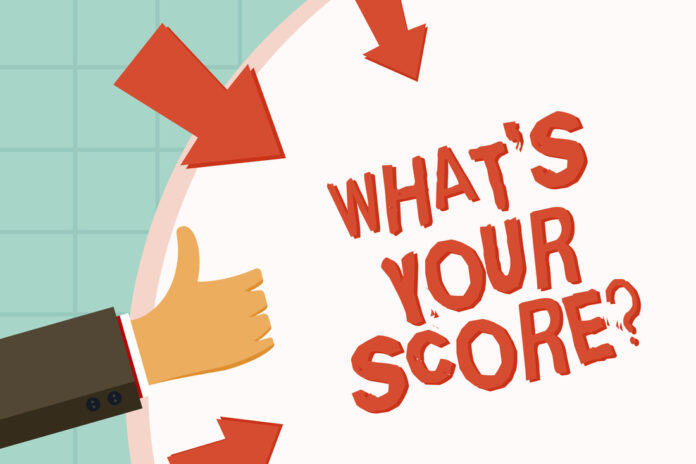The United States Medical Licensing Examination (USMLE) is a noteworthy milestone in the journey of every medical student seeking to practice medicine in the United States. This three-step examination serves as a gateway to demonstrate and assess a student’s ability to apply knowledge, concepts, and principles in health and disease management, and constitute the basis of safe and effective patient care. With its formidable reputation and high stakes, the USMLE has earned its place as one of the most challenging aspects of medical education.
The USMLE extends beyond a mere requirement for licensure; it is a determinant of a student’s medical career trajectory, impacting residency matching and, ultimately, the path to their desired specialty. This article demystifies the USMLE, by elaborating on its components, preparation strategies, and tips for tackling this examination. The mission is to equip future physicians with the knowledge and resources necessary to approach the USMLE with confidence and to achieve their full potential.
Understanding the USMLE

The USMLE, an abbreviation for United States Medical Licensing Examination, is a multi-step examination designed to evaluate a medical student’s ability to apply their knowledge, understanding, and skills for the practice of medicine. It serves as a measure in licensing doctors to ensure that they are capable of providing safe and effective patient care. The USMLE is typically taken throughout a medical student’s education, serving as an assessment of their capabilities and readiness to progress to the next stage of their journey.
USMLE Testing
The USMLE is divided into three steps, each testing a different component of medical knowledge and skills.
Step 1 focuses on the basic sciences. Students typically take Step 1 at the end of their second year of medical school.
Step 2 is divided into Clinical Knowledge (CK), Clinical Skills (CS), and patient care. This assessment is usually taken during a student’s fourth year.
It’s advised to utilize available tools during practice, such as a step 2 score predictor, to track your progress and readiness for the exam.
Step 3 evaluates the ability to apply medical knowledge and skills without supervision and is usually taken during the first or second year of residency.
Understanding the Scoring System

Each Step of the USMLE has a minimum passing score, with performance being reported as a three-digit score. Achieving a high score is instrumental in a medical student’s career trajectory, particularly for competitive residencies.
Role of the USMLE in the Residency Match Process
Residency programs use these scores to assess applicants’ readiness and capability for residency training, with higher scores often correlating with more competitive specialty placements. Therefore, the USMLE serves a dual role in both certifying a student’s readiness to practice medicine and guiding the course of their medical career.
Preparing for the USMLE

General Preparation Strategies
Effective time management and creating structured study schedules are facilitative in being well-prepared for the USMLE. Allocating dedicated time for each topic, regular reviews, and practice tests can significantly improve your performance. Implement a mix of resources into your study habits, including reputable textbooks, online platforms, question banks, and full-length practice tests to prepare adequately.
Step-Specific Preparation Tips
Each Step of the USMLE requires a tailored approach for studying. Understand the specific content areas and structure of each Step, and tailor your preparation accordingly. Seek advice from peers and mentors about the most beneficial resources for each step, as the right study material can drastically enhance your understanding and retention.
Tips for Maintaining Physical and Mental Health During Preparation
Regular exercise, balanced nutrition, adequate sleep, and stress management techniques like meditation or yoga should be incorporated into your daily routine. Seeking support from family, friends, or professional counseling services can also help manage the emotional toll of exam preparation.
Taking the USMLE

What to Expect on Test Day
Understanding the test format and structure is key to tackling the USMLE effectively. The exam consists of multiple-choice questions presented in blocks, with the number of blocks varying per Step. Be sure to familiarize yourself with the testing rules and regulations to avoid any inadvertent violations on test day.
Strategies for Managing Time During the Exam
Proper time management determines whether you answer all questions within the stipulated time. Practice using question banks to improve your speed and question interpretation skills. Develop a strategy for handling difficult questions without wasting excessive time.
Post-Test Procedures
After completing the test, your responses are recorded and sent for scoring. The score reporting process usually takes a few weeks, and candidates will receive an email with instructions on how to access their results. It’s advisable to review your score report thoroughly to understand your performance.
Understanding Your Scores
A good score often depends on the specialty you’re interested in, with more competitive specialties generally requiring higher scores. Understanding your score report involves not only knowing your overall score but also analyzing your performance in various content areas.
The journey through the USMLE is a challenging part of a medical student’s pathway towards becoming a practicing physician in the United States. With proper understanding, preparation, and strategy, you can successfully lay a strong foundation for your medical career. The USMLE is a test of endurance, knowledge, and clinical aptitude, and this guide aims to arm you with the tools you need to face it with confidence and reach your full potential.









